Introduction
Imagine a home infused with the vitality of nature—lush greenery gracing every room, caressed by soft sunbeams filtering through the windows. Now, add the comforting presence of your feline friends. This is the vision of a modern household that cherishes both plants and pets—a haven where calathea plants thrive, and cats roam freely. The allure of creating such a harmonious indoor environment is capturing hearts worldwide, drawing attention to the fast-growing popularity of pet-friendly plants.
The calathea, often celebrated as the ultimate indoor plant, has established itself as a favorite among pet owners. With its striking patterns and hues, calathea offers more than aesthetic appeal—it's also non-toxic to cats, making it a perfect candidate for homes where pets and plants coexist.
Understanding Calathea Plants

Characteristics and Varieties
Calathea plants, belonging to the Marantaceae family, are native to tropical climates of the Americas. They're often referred to as the "prayer plants" because of their fascinating nyctinasty movement; their leaves fold together as though in prayer during nighttime and unfurl with daylight. This charming behavior, along with their vibrant and diverse foliage, makes them a delightful addition to indoor gardens.
Overview of Calathea's Unique Features
The allure of calathea lies in its decorative leaves, which boast intricate patterns and colors ranging from vivid greens to deep purples and even pinks. These plants are relatively medium to large, making them a substantial presence in any living space. Calathea's elegance is such that it doesn’t just complement interior design; it transforms it.
Popular Varieties
Calathea Orbifolia
The Calathea Orbifolia is often sought after for its large, round leaves adorned with silver stripes that catch the eye. Its wide foliage can enhance the depth and texture of any room. This variety is a statement piece, capable of becoming a focal point due to its dramatic appearance.
Calathea Medallion
This variety is a classic among calathea enthusiasts, known for its rounded leaves with dark green tops and light-purple undersides. The Medallion combines deep hues with bright streaks, offering a vibrant splash to any space.

How Calathea Benefits Indoor Spaces
Aesthetic Appeal
Calathea plants have an inherent knack for turning drab, dull interiors into vibrant sanctuaries. Their diverse range of colors and patterns can be styled to complement any design scheme, whether modern, bohemian, or traditional. Strategically placing calathea can revitalize both workspaces and homes, creating a sense of luxury and tranquility.
Air-Purifying Qualities
In addition to their visual charm, calatheas contribute to healthier living conditions. These plants excel in filtering out toxins from the air, promoting better air quality indoors and providing a fresher atmosphere. For urban dwellers, calathea offers an escape to nature, balancing hectic lifestyles with even-toned, green serenity.
Pet-Friendly Appeal
In households with pets, calathea's non-toxic properties are a major selling point. Many plants can pose dangers to curious Cats, but with calathea, pet owners can breathe a sigh of relief. This factor, coupled with their beauty, makes calatheas a priority choice among other indoor plant varieties.
Creating a Harmonious Environment for Cats and Calatheas

Catering to Cat Behavior
Cats are notoriously curious creatures, and they often explore new additions to their environment with gusto. When introducing a calathea, understanding your cat’s behavior can help create a peaceful coexistence. For instance, cats might be tempted to nibble on leaves out of curiosity, so it's worthwhile monitoring their behavior and redirecting their interest with toys or cat grass.
Placement Strategies
Strategically placing calathea away from high-traffic cat areas can prevent potential mishaps. Consider placing these plants in elevated locations or utilizing tall planters to keep them out of reach. Moreover, creating dedicated exploration zones for your cats can draw their attention away from your plants while still satisfying their need for curiosity and activity.
Nurturing Your Calathea Plant
Optimal Conditions
Light Requirements
Calatheas thrive in low to medium light conditions, making them ideal for indoor environments. Direct sunlight can scorch their sensitive leaves, so it's best to place them in shaded or indirect lighting areas within your home. Achieving this balance can maximize their brilliant color and growth potential.
Watering Best Practices
Maintaining proper moisture levels is crucial for calathea plants, as they prefer consistently moist—but not waterlogged—soil. Regularly check the soil's top layer and water when it feels dry. A consistent watering schedule that aligns with the plant's growth cycle, especially during the warmer months, will ensure longevity and vibrance.

Humidity Needs
Tropical by nature, calatheas crave humidity. For optimal growth, position them in bathrooms or kitchens where moisture levels are higher, or employ a humidifier to mimic their natural habitat. Misting or placing a tray of water nearby can also elevate ambient humidity levels.
Addressing Common Challenges
Pest Control
Calathea plants can occasionally attract pests like spider mites and aphids. Vigilant observation of the leaves for any signs of infestation and regular cleaning with a damp cloth can stave off potential pest problems.
Leaf Repair and Maintenance
Courses in temperature, or incorrect watering, can lead to browning of the edges or curling of leaves. Address these issues by fine-tuning environmental conditions—ensuring even room temperatures and adhering to a stable watering schedule.
Beyond Calathea: Complementing Indoor Gardens
Exploring Other Pet-Friendly Plants from Plantology
While calatheas provide a stellar start, at Plantology, we offer a plethora of additional plants that are both pet-friendly and visually stunning. Our range includes the Adonidia Palm and the Alexander Palm for those craving a touch of the tropical, alongside the Agapanthus Lily of the Nile that dazzles with bursts of blue.

Conclusion
Calatheas offer an incredible opportunity to enhance your home with natural beauty while ensuring the safety of your beloved feline companions. Their aesthetic allure, coupled with practical benefits such as air purification and pet-friendliness, sets them apart as a superior choice for modern indoor gardens.
For those looking to diversify their indoor landscapes even further, Plantology provides an extensive range of plants that can bring joy, relaxation, and health benefits— inviting you to explore our full selection at Plantology.
Whether you're embarking on your plant-parent journey or adding to an established collection, the harmonious blend of calathea and quality products from Plantology promises a sanctuary of peace and style, perfectly suited to the needs of both humans and pets alike.
Expanding Your Indoor Plant Haven: Additional Options
Deepening Your Connection with Nature
Establishing an indoor plant collection offers more than just a decorative aspect—it's an opportunity to deepen your connection with the natural world. As interest in plant-care hobbies continues to grow, so does the appreciation for the benefits that these green companions offer. Indoor gardening encourages mindfulness, reduces stress, and enhances well-being, making it a valuable pursuit for homeowners and professional spaces alike.
Diversifying with Pet-Friendly Plants
Alongside calatheas, there are several other plants that offer the same level of appeal without compromising the health of your furry friends. Here are a few beloved options that can add different textures, colors, and dynamics to your indoor space without endangering your pets:

- Spider Plant (Chlorophytum comosum): Famous for its long arching leaves and ease of care, the spider plant is a perfect beginner’s choice. It’s non-toxic to cats and dogs, and its ability to thrive in less-than-ideal conditions makes it a resilient addition to any collection.
- Bamboo Palm (Chamaedorea seifrizii): Offering a tropical vibe, this plant is known for removing toxins from the air. Bamboo palms grow best in bright, indirect light and can manage moderate watering needs, making them a stylish yet low-maintenance solution for larger spaces.
- Boston Fern (Nephrolepis exaltata): With its lush, feathery fronds, the Boston fern is a humidifier’s ally, thriving in moist environments. It is safe for pets and adds a lush, tropical feel to spaces when placed in hanging planters or decorative pots.
- Parlor Palm (Chamaedorea elegans): Known for their elegance and tolerant nature, Parlor Palms can withstand low to moderate light conditions and infrequent watering. Like bamboo palms, they offer air-cleaning capabilities, contributing to a healthier home environment.
Designing Indoor Spaces with Style and Functionality
Harmonizing Decor and Plant Arrangements
Integrating plants into your home isn't purely about the individual beauty of each specimen; it's about achieving a cohesive and harmonious living space. Here are some tips for successfully weaving plants into your décor narrative:
- Color Coordination: Align plant choices with your room’s color palette. For monochrome rooms, a statement plant like the calathea medallion can add a punch of color. Conversely, white walls can gain warmth with the greens and golds of a bamboo palm.
- Grouping Elements: Place plants of varied heights and leaf shapes together to create an inviting tableau. Taller plants serve as vertical accents, while shorter, bushier options pull attention downward, framing the group.
- Container Choice: Don't underestimate the power of a good pot. Sleek cement planters lend a modern touch, ceramic pots exude warmth, and tall metal stands can lend drama with varied heights.
- Vertical Gardening: Consider vertical solutions like plant walls or hanging planters to maximize space and create dynamic architectural interest. Spider plants excel in hanging arrangements, where their trailing leaves can thrive.
Functional Plant Environments
Your indoor space can be as practical as it is beautiful. Incorporate these plant-driven innovations for a home that caters to your needs:
- Workspaces: Plants have been shown to increase productivity and concentration in home offices. Place a few small plants like succulents or spider plants on your desk to enhance focus.
- Living Walls: A living wall in the dining area or living room can serve as a stunning backdrop while doubling as an air-purification powerhouse.
- Sensory Gardens: For spaces of relaxation, choose plants with varied textures and pleasant scents – like lavender or rosemary – to create a multisensory experience.
Advanced Care Tips for Enthusiastic Plant Parents
Delving into Plant Nutrition
Proper nourishment is crucial in maintaining lush and vibrant indoor plants. Here's a guide to mastering plant nutrition:
Understanding Fertilizer Needs
Plants, much like animals, require specific nutrients to thrive. Understanding the right type of fertilizer—balanced, high in nitrogen, or formulated for blooming—can make a noticeable difference in plant health:
- Balanced Fertilizers: Suitable for general upkeep among various species, ensuring all essential macro and micronutrients are available.
- Nitrogen-Rich Options: Enhance leaf growth in plants like calatheas and parlor palms, which are cultivated primarily for their foliage.
- Bloom-Boosting Formulas: Best for flowering plants like the peace lily or orchids, focusing on phosphorous to encourage blossoming.
Troubleshooting Nutrient Deficiencies
Recognizable symptoms can help diagnose nutrient deficiencies. For instance, yellowing leaves may indicate a lack of nitrogen, while browning edges might point to a potassium issue. Identifying and correcting these imbalances prevent long-term damage.

Optimal Watering Techniques
Watering is an oft-misunderstood aspect of plant care, where both overwatering and underwatering can harm plants. Here are some advanced tips to ensure your plants remain perfectly hydrated:
- Pot Choice and Drainage: Always choose pots with good drainage holes and use quality potting soil that retains moisture while allowing excess water to drain away, preventing root rot.
- Watering Schedule: Adapting watering schedules according to seasonal changes is crucial. During growth periods, increase water frequency, while easing off in dormant times like fall and winter.
- Water Quality: Many sensitive plants, calatheas included, respond poorly to chemical-laden tap water. Use filtered or distilled water to avoid salt buildup and other chemical residues.
Humidity Control Innovations
For tropical varieties, maintaining humidity presents a challenge and an opportunity for innovation. Consider implementing the following ideas to create a thriving environment:
- Theming Indoor Spaces: Create "micro-climates" by clustering moisture-loving plants together, making use of humidifiers, and choosing rooms inherently more humid, like bathrooms or kitchens.
- DIY Humidity Trays: These are made by placing a layer of pebbles on a tray, filling it with water, and situating the plants above the gravel. As water evaporates, it increases the humidity around the plants.
- Misting Systems: For the avid gardener, automated misting systems can be implemented in spaces with dense plant arrangements, ensuring consistent humidity with minimal effort.
Integrating Smart Technology with Plant Care

Harnessing Technology for Plant Monitoring
As smart home technology advances, so do the tools available for plant care enthusiasts:
- Smart Watering Systems: These systems can be programmed to water plants at specific times or remotely activated via a smartphone, allowing precise control over hydration needs.
- Environment Sensors: Sensors placed in plant soil can track variables like light exposure, temperature, and moisture level, sending real-time data to your mobile device.
- Automated Grow Lights: For homes with limited access to natural light, programmed LED grow lights replicate natural sunlight, promoting plant health regardless of external conditions.
Interactive Plant Companions
Further embrace technology with robots designed to care for plants, checking moisture levels, and even providing routine prompts for maintenance tasks. The interaction between technology and nature adds a futuristic edge to traditional gardening practices.
The Social Aspect: Sharing Your Green Haven
Building Community Through Gardening
Indoor gardening is no longer a solitary hobby; it has become a community-building activity. Join local or online gardening clubs and forums to share tips, trade plants, and celebrate each other’s growth achievements. Engaging in these communities promotes learning and encourages social connections through shared passions.

Hosting Plant Swaps and Workshops
Plant swaps are an eco-friendly way to diversify your collection and meet fellow enthusiasts. Organize small gatherings to exchange pups and cuttings, or delve into more detailed techniques during gardening workshops, from propagation to pest control.
Commemorating Your Journey of Growth
Personal Reflections through Plant Journaling
Maintaining a plant journal helps you track your garden's evolution, document successes and

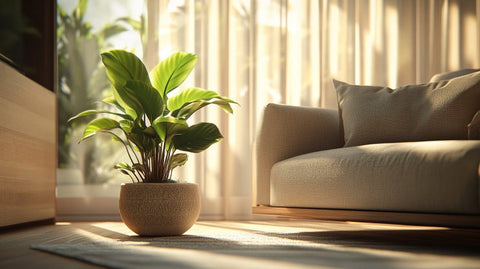


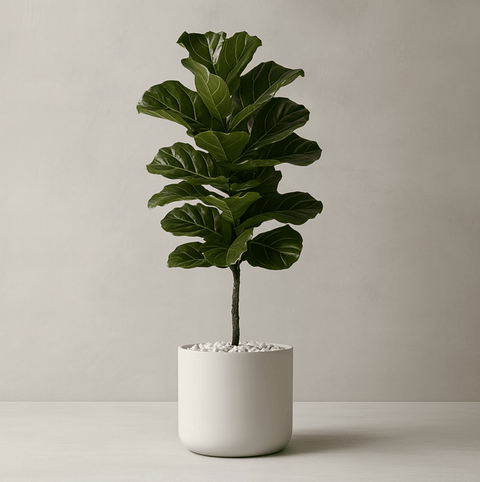
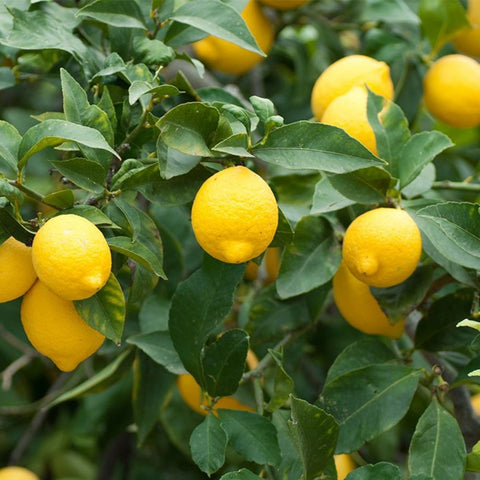
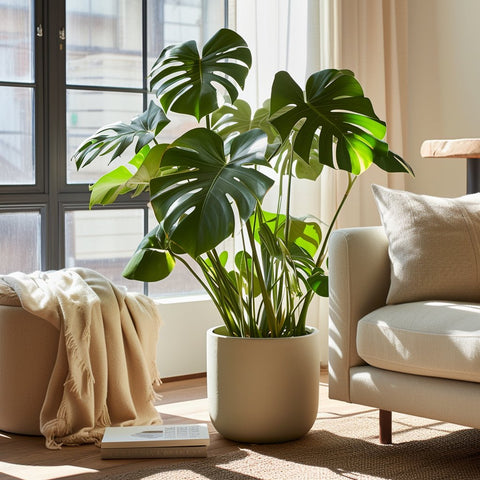
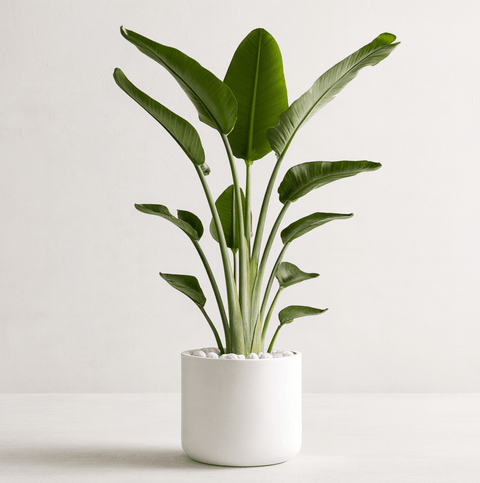
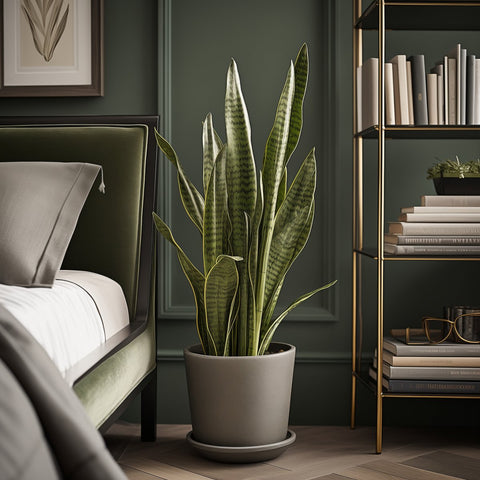
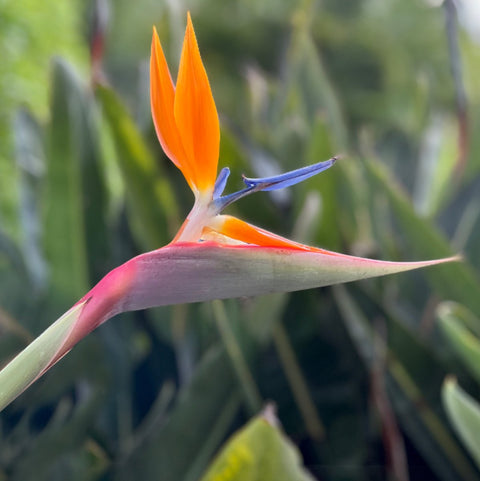
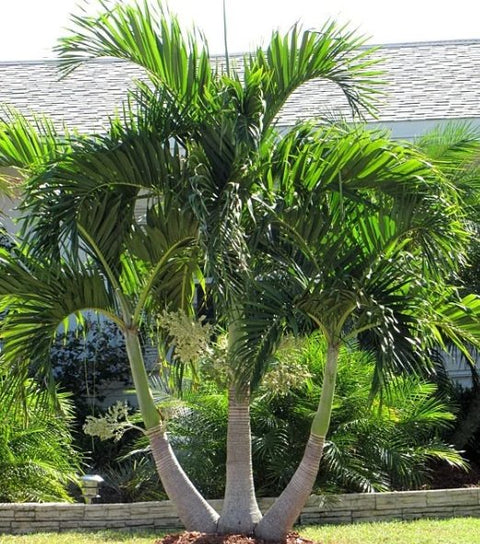
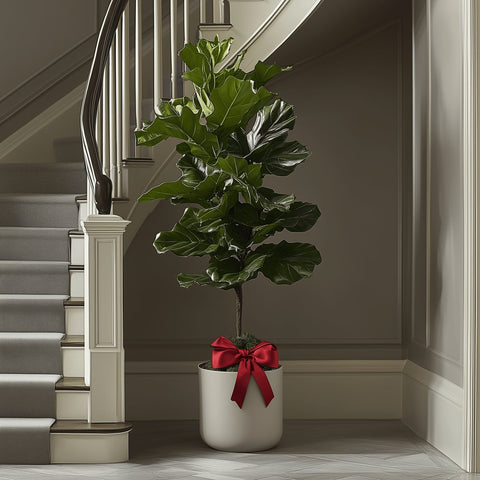
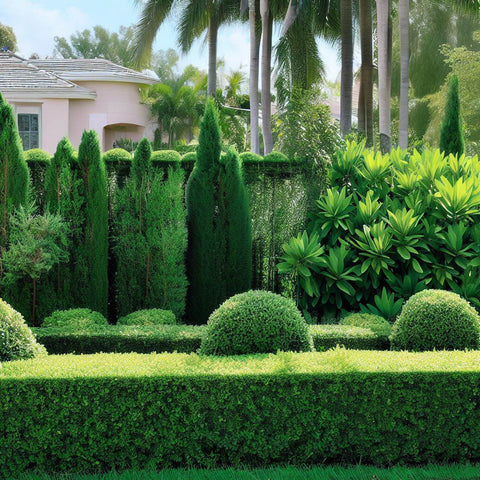
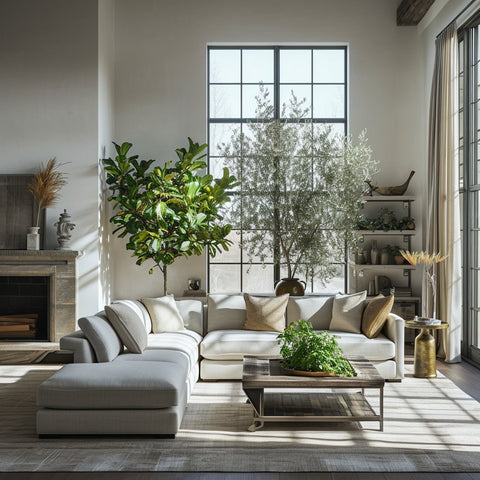
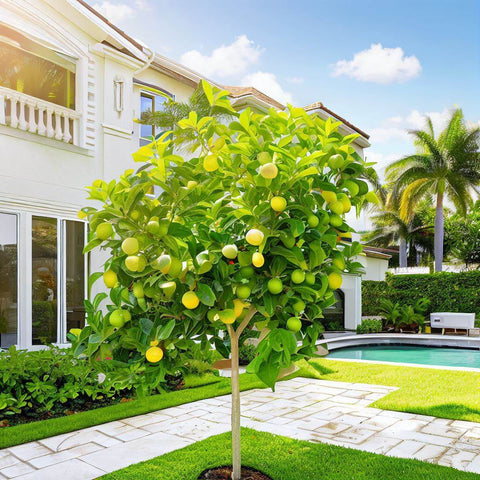
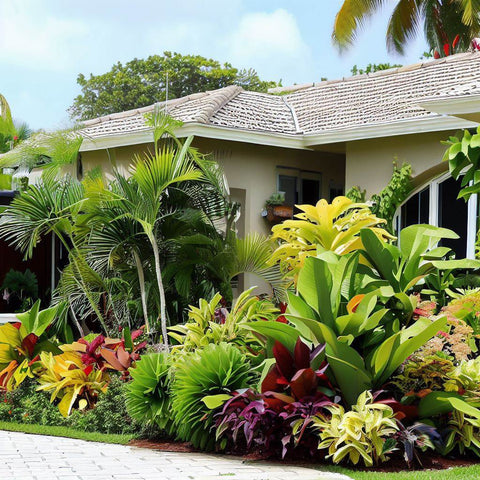

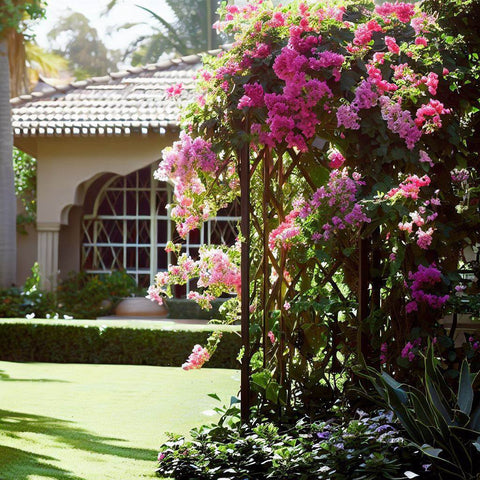
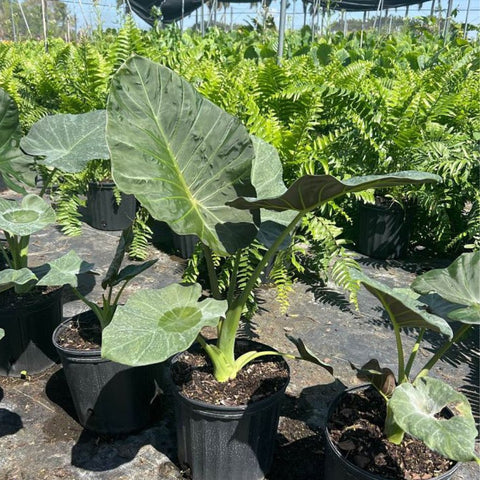
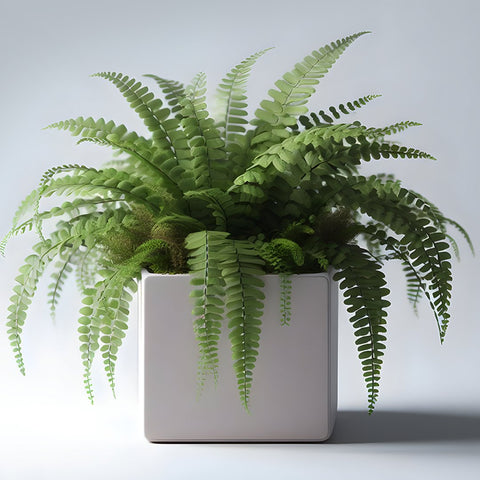

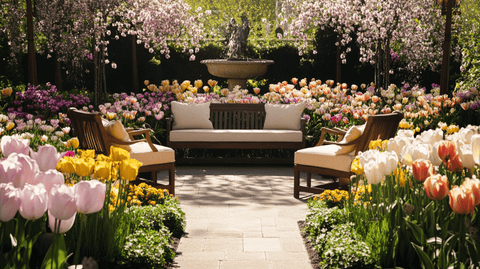

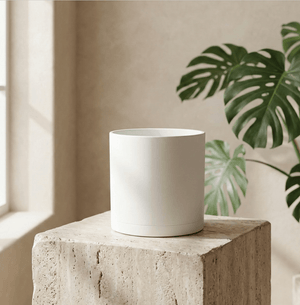
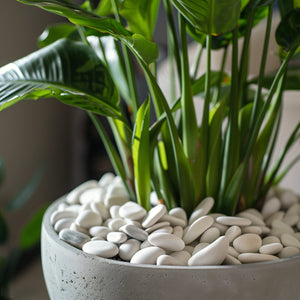
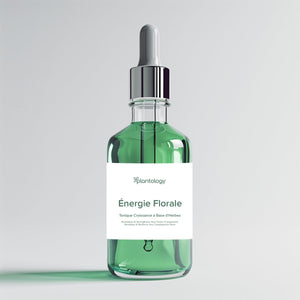
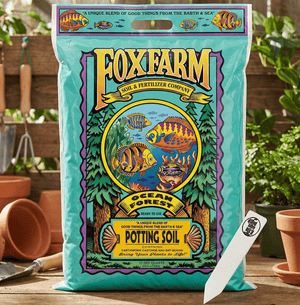
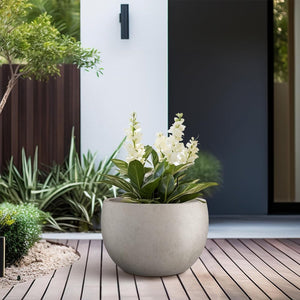

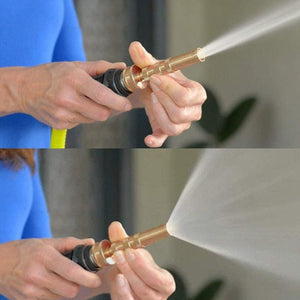

Comments (0)
There are no comments for this article. Be the first one to leave a message!